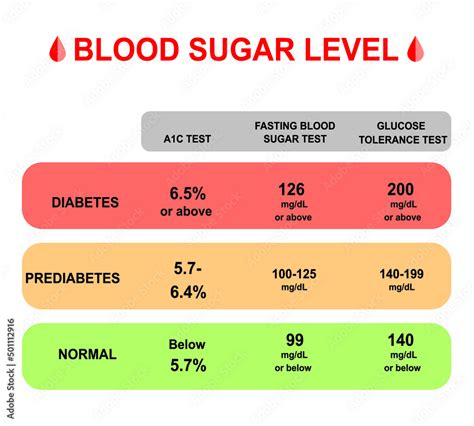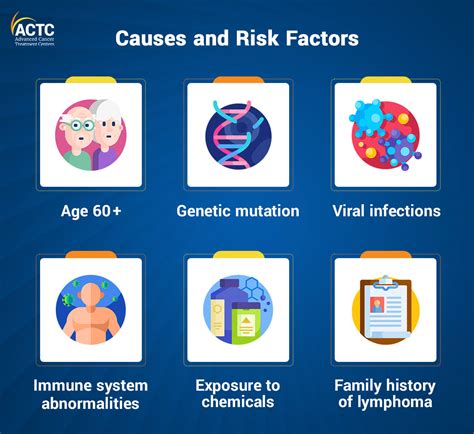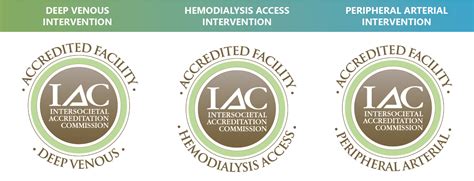Intro
Learn about pre diabetic glucose range, symptoms, and treatment. Understand blood sugar levels, insulin resistance, and impaired glucose tolerance to manage pre diabetes and prevent type 2 diabetes complications.
Pre-diabetic glucose range is a critical health indicator that requires attention and management to prevent the development of type 2 diabetes. The pre-diabetic stage, also known as impaired glucose tolerance, is a condition where blood sugar levels are higher than normal but not high enough to be classified as diabetes. It is essential to understand the pre-diabetic glucose range to take proactive steps towards preventing the onset of diabetes and its associated complications.
The importance of monitoring blood glucose levels cannot be overstated, as it helps identify individuals at risk of developing diabetes. According to the Centers for Disease Control and Prevention (CDC), approximately 88 million adults in the United States have pre-diabetes, and more than 80% of them are unaware of their condition. Early detection and intervention can significantly reduce the risk of developing type 2 diabetes and its related health problems, such as heart disease, kidney damage, and nerve damage.
Understanding the pre-diabetic glucose range is crucial for individuals who are at risk of developing diabetes, including those with a family history of diabetes, obesity, physical inactivity, and certain ethnic backgrounds. By recognizing the signs and symptoms of pre-diabetes, individuals can take preventive measures, such as adopting a healthy diet, engaging in regular physical activity, and maintaining a healthy weight, to reduce their risk of developing type 2 diabetes.
What is Pre Diabetic Glucose Range?

The pre-diabetic glucose range is typically defined as a fasting plasma glucose (FPG) level between 100 mg/dL and 125 mg/dL or a 2-hour plasma glucose level between 140 mg/dL and 199 mg/dL during an oral glucose tolerance test (OGTT). The American Diabetes Association (ADA) recommends the following criteria for diagnosing pre-diabetes:
- Fasting plasma glucose: 100 mg/dL to 125 mg/dL
- 2-hour plasma glucose during an OGTT: 140 mg/dL to 199 mg/dL
- Hemoglobin A1c (HbA1c): 5.7% to 6.4%
Understanding the Pre Diabetic Glucose Range
The pre-diabetic glucose range is a critical indicator of an individual's risk of developing type 2 diabetes. It is essential to understand that pre-diabetes is a reversible condition, and early intervention can prevent the onset of diabetes. The pre-diabetic glucose range is not a fixed value but rather a range that indicates an increased risk of developing diabetes.Causes and Risk Factors

Several factors contribute to the development of pre-diabetes, including:
- Genetics: Family history of diabetes
- Obesity: Excess body weight, particularly around the waist
- Physical inactivity: Sedentary lifestyle
- Age: Increasing age, especially after 45 years
- Ethnicity: Certain ethnic groups, such as African Americans, Hispanics, and American Indians
- History of gestational diabetes: Women who had gestational diabetes during pregnancy
- Polycystic ovary syndrome (PCOS): Women with PCOS are at increased risk of developing pre-diabetes
Risk Factors for Pre Diabetes
Understanding the risk factors for pre-diabetes is crucial for early detection and intervention. The following are some of the key risk factors: * High blood pressure * High cholesterol * Cardiovascular disease * Kidney disease * Nerve damage * Certain medications, such as steroids and certain psychiatric medicationsDiagnosis and Testing

Diagnosing pre-diabetes typically involves a combination of medical history, physical examination, and laboratory tests. The following are some of the common tests used to diagnose pre-diabetes:
- Fasting plasma glucose test: Measures blood glucose levels after an overnight fast
- Oral glucose tolerance test (OGTT): Measures blood glucose levels after consuming a sugary drink
- Hemoglobin A1c (HbA1c) test: Measures average blood glucose levels over the past 2-3 months
Interpreting Test Results
Interpreting test results is crucial for diagnosing pre-diabetes. The following are some of the key results to look for: * Fasting plasma glucose: 100 mg/dL to 125 mg/dL * 2-hour plasma glucose during an OGTT: 140 mg/dL to 199 mg/dL * HbA1c: 5.7% to 6.4%Treatment and Management

Treating and managing pre-diabetes involves a combination of lifestyle modifications and, in some cases, medication. The following are some of the key strategies:
- Healthy diet: Eating a balanced diet that is low in sugar, salt, and unhealthy fats
- Regular physical activity: Engaging in at least 150 minutes of moderate-intensity aerobic exercise per week
- Weight management: Maintaining a healthy weight through a combination of diet and exercise
- Stress management: Engaging in stress-reducing activities, such as yoga or meditation
- Medication: In some cases, medication may be prescribed to help manage blood glucose levels
Lifestyle Modifications
Lifestyle modifications are essential for managing pre-diabetes. The following are some of the key lifestyle changes to make: * Eating a healthy breakfast * Incorporating physical activity into daily routine * Getting enough sleep * Managing stress * Quitting smokingPrevention

Preventing pre-diabetes involves a combination of lifestyle modifications and early intervention. The following are some of the key strategies:
- Maintaining a healthy weight
- Engaging in regular physical activity
- Eating a healthy diet
- Managing stress
- Getting enough sleep
Early Intervention
Early intervention is critical for preventing pre-diabetes. The following are some of the key strategies: * Screening for pre-diabetes * Providing education and support * Encouraging lifestyle modifications * Monitoring blood glucose levelsWhat is the normal range for blood glucose levels?
+Normal blood glucose levels are typically between 70 mg/dL and 99 mg/dL.
What are the symptoms of pre-diabetes?
+Pre-diabetes often has no symptoms, but some people may experience increased thirst, urination, and fatigue.
Can pre-diabetes be reversed?
+Yes, pre-diabetes can be reversed through lifestyle modifications, such as healthy eating, regular physical activity, and weight management.
In conclusion, understanding the pre-diabetic glucose range is essential for early detection and intervention. By recognizing the signs and symptoms of pre-diabetes, individuals can take preventive measures to reduce their risk of developing type 2 diabetes. We encourage readers to share this article with friends and family who may be at risk of developing pre-diabetes. Additionally, we invite readers to comment below with any questions or concerns they may have about pre-diabetes. By working together, we can prevent the onset of diabetes and its associated complications.
